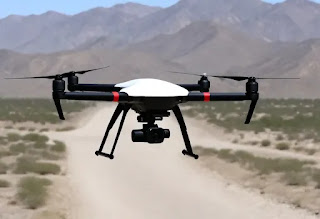Factors Affecting Drone Battery Performance - mPower
Temperature:
Drone batteries might experience the ill effects of unnecessary intensity. High temperatures stimulate the battery's substance processes, which abbreviates flight spans and paces up power consumption. Intensity can likewise hurt battery cells, shortening their complete life.
The inverse is valid in colder environments. The substance responses in batteries are dialed back by cool temperatures, which decreases their productivity in conveying power. This outcomes in drone execution that is slow and more limited flying periods.
Moistness:
Raised moistness levels add extra factors to the computation. Albeit barometrical dampness can harm electrical parts and cause shortcircuits, moderate stickiness may not be a significant risk. Moreover, the exhibition of the actual battery might be influenced by dampness.
The Windy Challenge:
Drone operations deal with a specific issue because of wind. The robot's engines should work harder in solid breezes to keep up with soundness and make course revisions. Battery duration is abbreviated and power utilization ascends because of this expanded responsibility. Drone control becomes testing and flight length may be enormously decreased while working areas of strength for in.
Precipitation's Restricted air space:
Drone flight is truly jeopardized by downpour, snow, and different kinds of precipitation. Dampness can hurt fragile hardware, in some cases bringing about a glitch or even an accident. Besides, the heaviness of ice or snow development could over-burden the robot's engines, debilitating flight execution and potentially representing a danger. At the point when there is precipitation, it is fitting to try not to involve drones for flight totally.
.webp)

Comments
Post a Comment